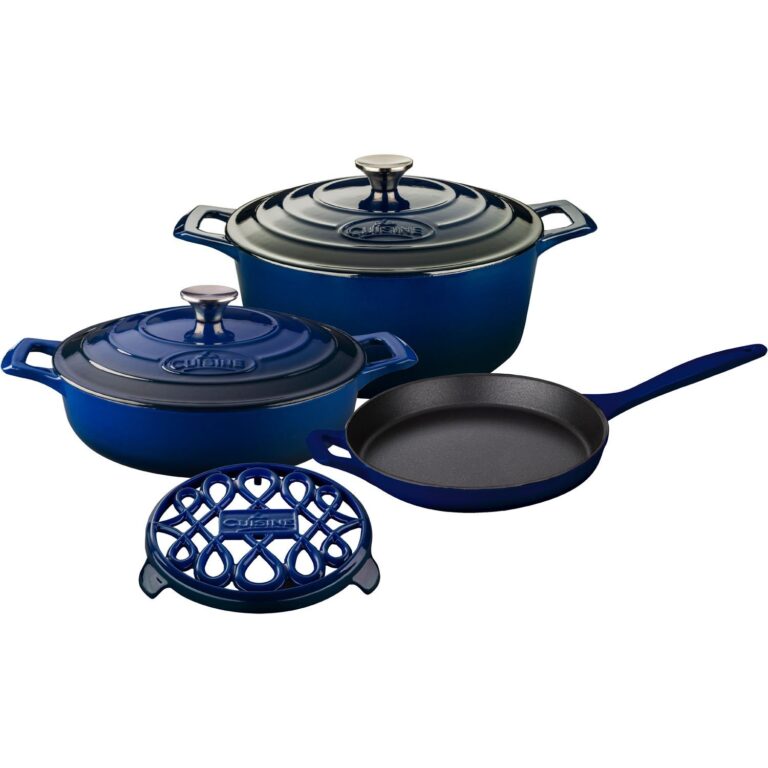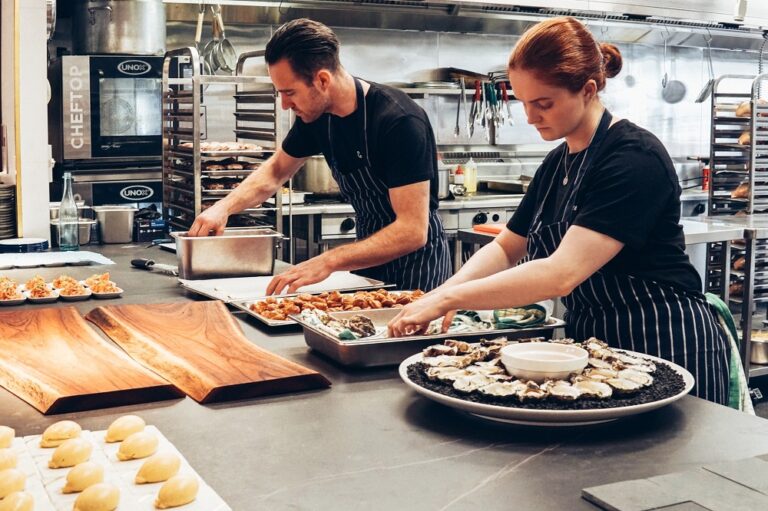Many of us have missed sitting in a restaurant and enjoying a meal with our friends and family. Now that COVID-19 restrictions are starting to ease slightly, it has meant that restaurants have finally been able to open their doors again.
This is such a relief for not only everyone who works in the industry, but for all of us who love to dine out. Although the restaurant experience has now changed, it is to keep staff and customers safe, so it is well worth taking extra precautions. Here’s how the restaurant experience has changed since COVID-19 struck.
Protection
To keep everyone around the restaurant safe, more protection is being used in order to stop the spread of the Coronavirus. Staff may be wearing masks or a face shield when they are greeting you or are taking your order for your meal.
There may also be signs on the floor to keep everyone from walking near or in the same direction as other people. A lot of restaurants are now using sneeze guard barriers to stop the spread. These are clear screens that still allow you to see what is going on around you but significantly reduce the chance of coronavirus spreading.
If you own a restaurant, sneeze guards are a great solution, and if you want to find out more about them, check here.
We are all being encouraged to wear masks when in public, especially when we are in close proximity to people from outside our household. Obviously, you can’t wear a mask while you are eating.
Because of this, some people have been deterred from visiting restaurants, even with the additional safety measures being taken. Even before the current pandemic, restaurants have always been held to a high standard when it comes to their hygiene.
This should give some comfort to diners. Most restaurants are now going above and beyond to ensure that their establishments are safe to eat in.
Reduced Menu
Restaurants are now offering a reduced menu for customers. This is for many reasons, one being the financial side of the business. As the restaurant business has lost a devastating amount of money from the absence of customers for several months, it has meant that the budget for food has had to be lowered.
This means less ingredients are being bought and the service will be quicker too. The more efficient the service is, the more time staff have to keep their workspace as clean as it can be too. Most restaurants now offer the most popular items and have removed the options that made the least profit.
This is more of a practical concern than a safety one. Some diners have misunderstood the menu changes and taken them as an indication that there are certain foods they should be avoiding.
While the covid-19 virus appears to have leaped from animals to humans, there is no evidence to suggest that there is any meat or other food that might act as a transmission vector. However, covid-19 has disrupted numerous supply chains across a range of different industries.
These supply chain disruptions have forced some restaurants to adjust their menus.
Offering a more stripped-down menu out of necessity might seem like a bad move on the surface. However, there are also plenty of restaurants that have benefited from this shift in priorities.
In some cases, it has forced businesses to focus their attention on what sells and what doesn’t. In theory, the effect this has on diners is limited.
The majority of loyal customers will still be able to enjoy their favorite dishes, but restaurants will no longer have to spend money buying ingredients for their less popular, and less profitable, options.
Take Out
To reduce the number of customers present in the restaurant, more and more places are now offering take-out options. This is such a great option to have as there are some people who will still feel uncomfortable being in public and have missed their favorite restaurant’s food.
Take-out options sometimes have the same menu as if you were sitting in the restaurant, but sometimes it is reduced further for efficiency.
Furthermore, restaurants have to decide what food will travel well, whether it will be warm enough by the time the customer gets around to eating it, and whether the structure of the food will hold.
For some restaurants, making the necessary adjustments to offer their customers a take-out option has proven quite a challenge. Businesses that have never had to serve their customers on this basis have had to navigate quite a steep learning curve.
However, over the last few years, many restaurants who hadn’t considered offering take-out dining before have begun to do so, thanks to the advent of Just Eat, Uber Eats, and similar services.
Consumers’ perceptions of restaurants are changing to reflect the ways that they now tend to interact with them. Prior to the arrival of COVID-19, the growth of services like Deliveroo and Uber Eats was already pushing both restaurants and consumers towards a take-out style service.
Whereas take-out food used to be held in the same regard as fast-food, expectations have shifted dramatically. Diners no longer associate take-out with quick and cheap food.
Instead, they think of a take-out service as a convenience. In other words, in the eyes of modern consumers, whether a restaurant offers take-out food or not is a reflection of the kind of service that they offer, not the kind of food that they serve.
Severing the link between take-out meals and low-quality food has no doubt been a real boon to restaurants this year. With consumers already primed to accept that food delivered to their door can be every bit as good as food that is served to them in a restaurant, diners are considerably more likely to embrace the take-out option when it is available.
Being able to sit in a restaurant after all this time is such a wonderful feeling and knowing that so many people have their jobs back is such a relief. Now, restaurants just need their customers to help them make up for lost time so that they don’t end up going out of business.







